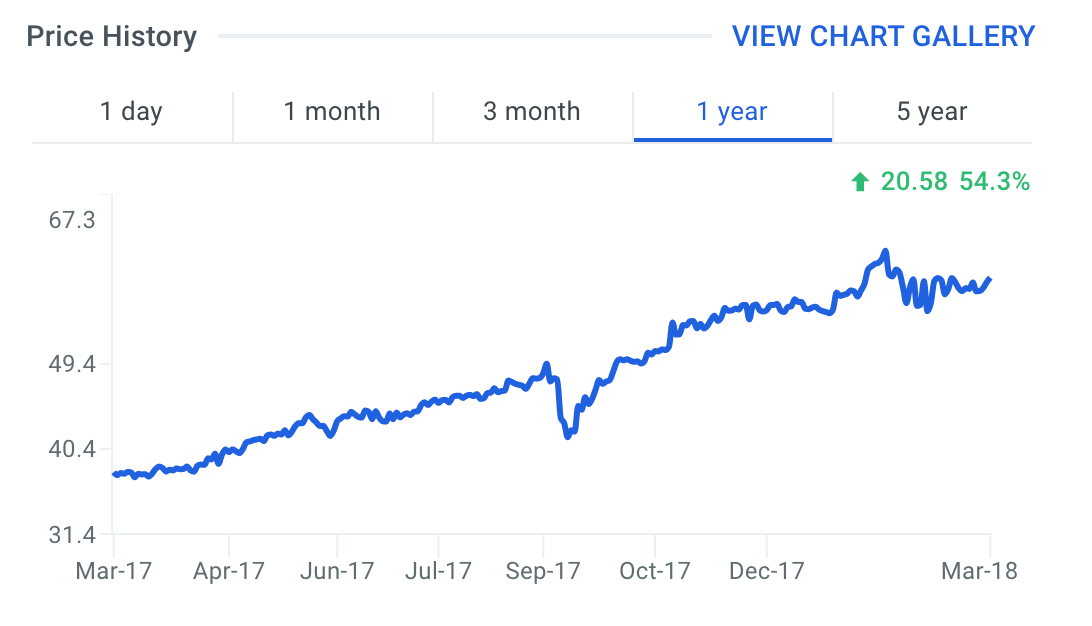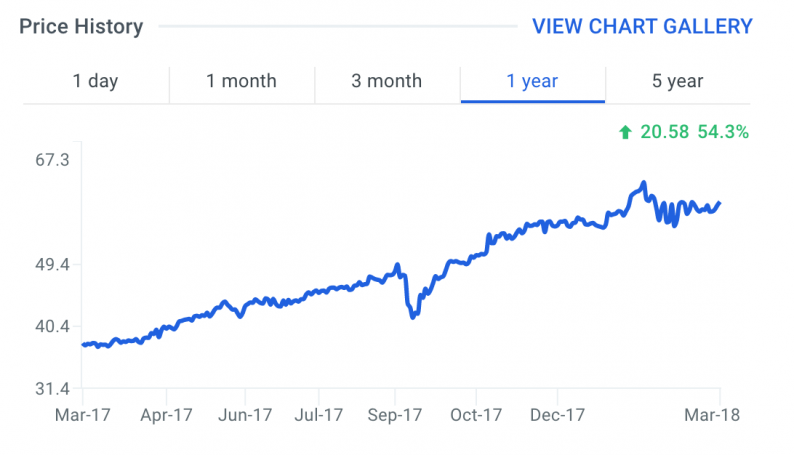A new Form 4 filing with the SEC on Monday revealed that Goldman Sachs Group virtually sold its entire $1.1 billion stake in TransUnion (NYSE: TRU). Analyzing the company’s fundamentals help explain why Goldman sold its shares.
Goldman Exits TransUnion
On February 14th, Goldman Sachs Group filed its quarterly 13F regulatory filing. The filing showed that the investment firm held 19,855,632 shares of TransUnion worth $1.1 billion as of December 31st. Note that this represented only 0.26% of Goldman’s massive $418 billion portfolio.
However, a new filing yesterday revealed that the investment firm sold 19,852,972 shares on March 8th at an average price of $57.60 per share. This reduced Goldman’s position in the company to virtually 0%. Goldman, along with buyout shop Advent International, had originally bought TransUnion for $3 billion in 2012.
TransUnion’s shares last traded at $58.02 as of Monday’s close, up 54.3% over the prior year. While shares have significantly appreciated in value, could the recent insider selling activity signal the stock is overvalued?

Source: TransUnion
Potential Reasons For Selling Shares
TransUnion provides a variety of risk and information solutions such as consumer credit reports, credit monitoring, fraud protection and risk scores. Analysts covering the stock often compare the company to a peer group that includes Equifax (NYSE: EFX), Dun & Bradstreet (NYSE: DNB), MSCI (NYSE: MSCI) and Moody’s (NYSE: MCO). Analyzing TransUnion’s growth metrics and valuation multiples relative to these peers offers insight into why Goldman sold its stake.
Projected 5-year net income CAGR is the average annual growth rate of net income over a five year period. It’s calculated as follows:
5yr CAGR = [ Net Income FY+5 / Net Income FY ] ^ (1/5 years) - 1
The chart below plots the five-year Net Income compounded annual growth rates for TransUnion and its peers.














Leave A Comment